Increased Focus on Personalization
The beauty tools market in North America is increasingly characterized by a focus on personalization. Consumers are seeking products that cater to their individual needs and preferences, leading to a rise in customizable beauty tools. This trend is evident in the growing popularity of tools that allow users to adjust settings based on skin type or hair texture. Market Research Future indicates that personalized beauty tools are expected to capture a significant share of the market, with projections suggesting a growth rate of 12% annually through 2030. This emphasis on tailored solutions is reshaping the beauty tools market, as brands strive to meet the diverse demands of consumers.
Rising Awareness of Health and Wellness
The beauty tools market in North America is experiencing growth driven by a rising awareness of health and wellness among consumers. As individuals become more conscious of their overall well-being, there is a corresponding increase in the demand for beauty tools that promote health benefits, such as facial massagers and tools designed for skin rejuvenation. This trend is reflected in market data, which shows that wellness-oriented beauty tools have seen a sales increase of approximately 20% in 2025. The integration of health benefits into beauty routines is likely to continue influencing consumer choices, thereby propelling the beauty tools market forward.
Technological Advancements in Beauty Tools
The beauty tools market in North America is experiencing a notable transformation due to rapid technological advancements. Innovations such as smart beauty devices, which integrate artificial intelligence and app connectivity, are becoming increasingly prevalent. These tools not only enhance user experience but also provide personalized skincare solutions. For instance, the market for smart beauty tools is projected to grow at a CAGR of 15% from 2025 to 2030, indicating a strong consumer interest in technology-driven beauty solutions. Furthermore, the incorporation of advanced materials and ergonomic designs in beauty tools is likely to improve usability and effectiveness, thereby driving sales in the beauty tools market.
Growing Demand for At-Home Beauty Solutions
The beauty tools market in North America is witnessing a surge in demand for at-home beauty solutions. As consumers increasingly seek convenience and cost-effectiveness, the popularity of DIY beauty tools is on the rise. This trend is reflected in the sales data, which indicates that at-home beauty tools accounted for approximately 40% of total beauty tools sales in 2025. The desire for self-care and personal grooming has led to a diversification of product offerings, including facial cleansing brushes, hair styling tools, and skincare devices. This shift towards at-home solutions is likely to continue, as consumers prioritize their health and wellness, thus propelling growth in the beauty tools market.
Influence of E-commerce on Consumer Behavior
The beauty tools market in North America is significantly influenced by the rise of e-commerce platforms. Online shopping has transformed consumer behavior, allowing for greater accessibility to a wide range of beauty tools. In 2025, e-commerce sales in the beauty tools market are estimated to represent over 50% of total sales, highlighting the shift towards digital purchasing. This trend is further supported by the convenience of online reviews and social media endorsements, which guide consumer decisions. As more brands invest in their online presence and optimize their e-commerce strategies, the beauty tools market is likely to see continued growth driven by this digital transformation.


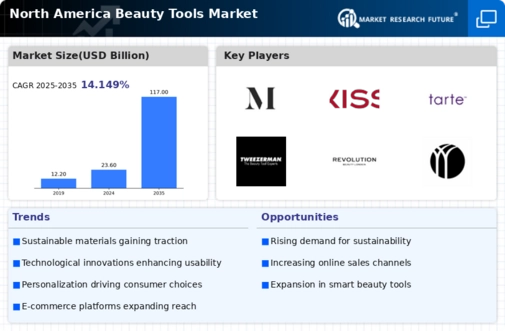

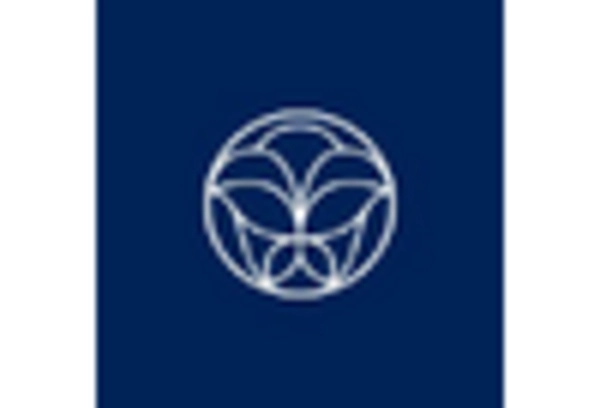
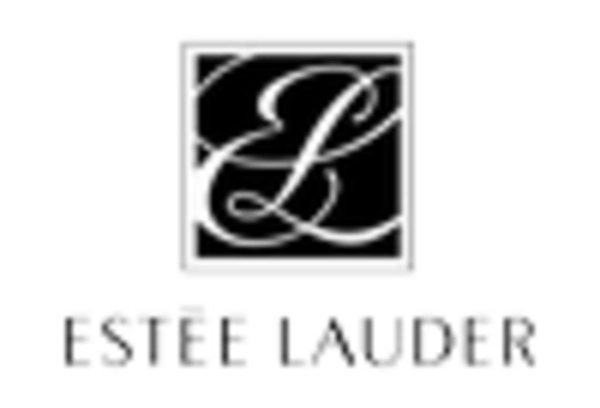
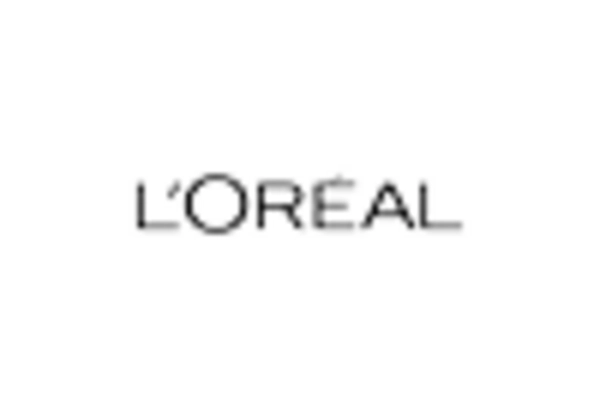


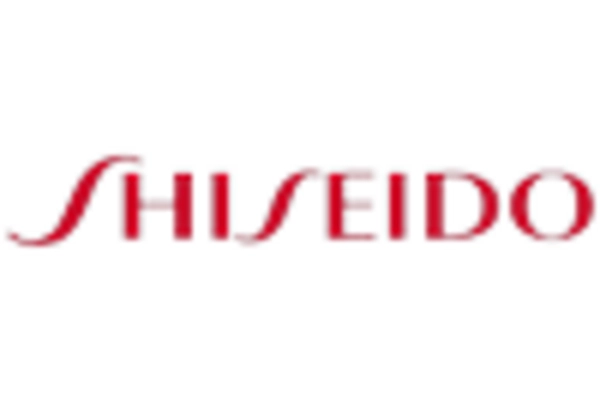








Leave a Comment